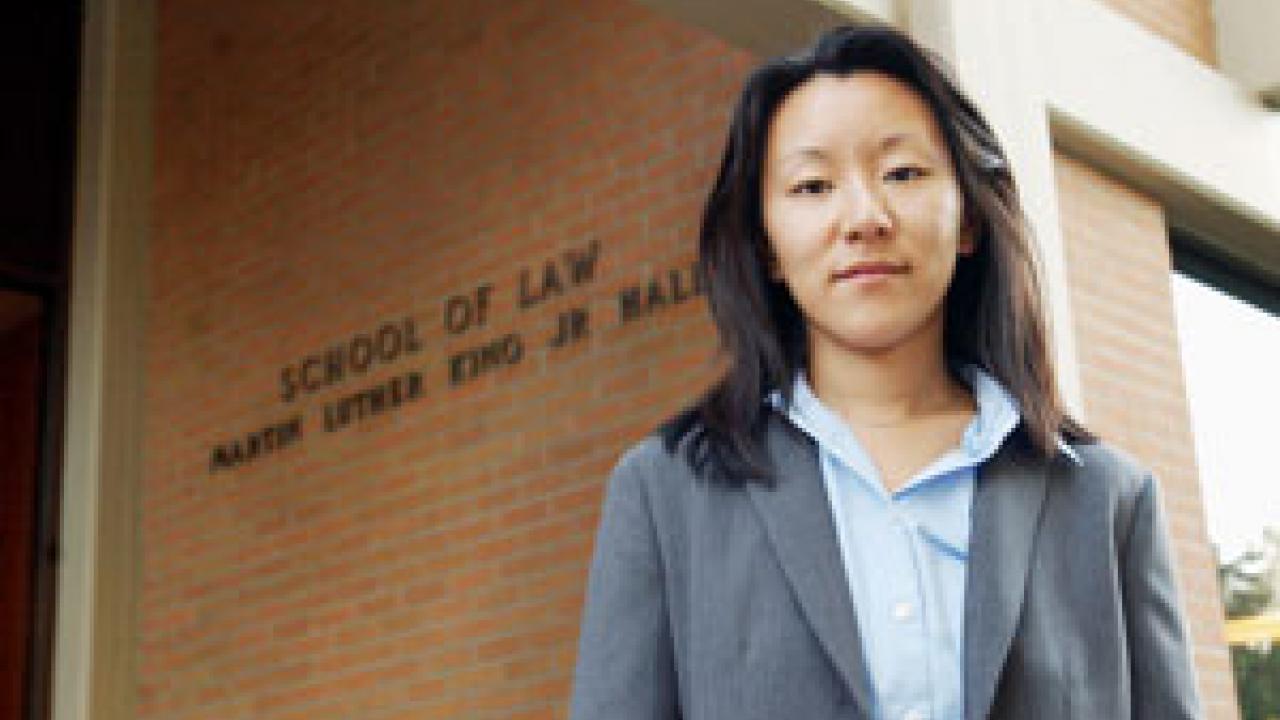As the number of under-graduates and level of collaboration have risen at UC Davis, so has the number of new faculty members hired to be part of the campus's diverse mix of researchers, scholars and scientists.
This year, 131 new Academic Senate and Cooperative Extension hires have chosen to call UC Davis home. Academic Senate hires include faculty in the professorial series (tenure-track positions), the clinical professor (e.g., medicine) series, and the professor-in-residence series.
Vice Provost for Academic Personnel Barbara Horwitz said that of the new Academic Senate hires, approximately 44 percent of those are women and nearly 28 percent are faculty members of color. These numbers reflect a consistent trend in the past few years to attract more women and minority applicants to UC Davis, Horwitz says.
Opening more junior faculty positions has been partly responsible for attracting a more diverse pool of applicants to the campus, Horwitz notes. Historically, senior faculty hires at the full professor level have averaged 40 percent, while junior hires (assistant and associate professor levels) have averaged 60 percent. This year, the ratio is closer to 20 percent senior faculty hires and 80 percent junior faculty hires.
Additionally, more candidates accepted positions at UC Davis this year, boosting the numbers by 39 individuals over last year's figures. Horwitz notes that with the ever-increasing student population, hiring more faculty members has become a priority. "We have the largest number of undergraduates that we've ever had, so it's important to get these faculty in place as soon as we can," she says.
The effects of recent state budget cuts on hiring practices remain to be seen, but Horwitz says the cuts may negatively impact some areas in the coming years such as biological sciences because of the greater start-up expenses required when hiring individuals who need to set up labs and hire researchers to work in those labs.
Faculty members continue to be attracted to UC Davis thanks to its focus on collaborative opportunities and its emphasis on an interdisciplinary approach to research across academic fields.
Chancellor Larry Vanderhoef says the individuals searching for these opportunities are often top-notch academics in their respective fields. "In a very real sense, I relax when I see the collective quality of our new faculty members," Vanderhoef says. "They are our future and they are nothing less than excellent."
(Editor's Note: To view the 2003-04 Dateline New Faculty Insert online, see the "What's New" spotlight section at the Web site for the Vice Provost for Academic Personnel, http://academicpersonnel.ucdavis.edu/.)
